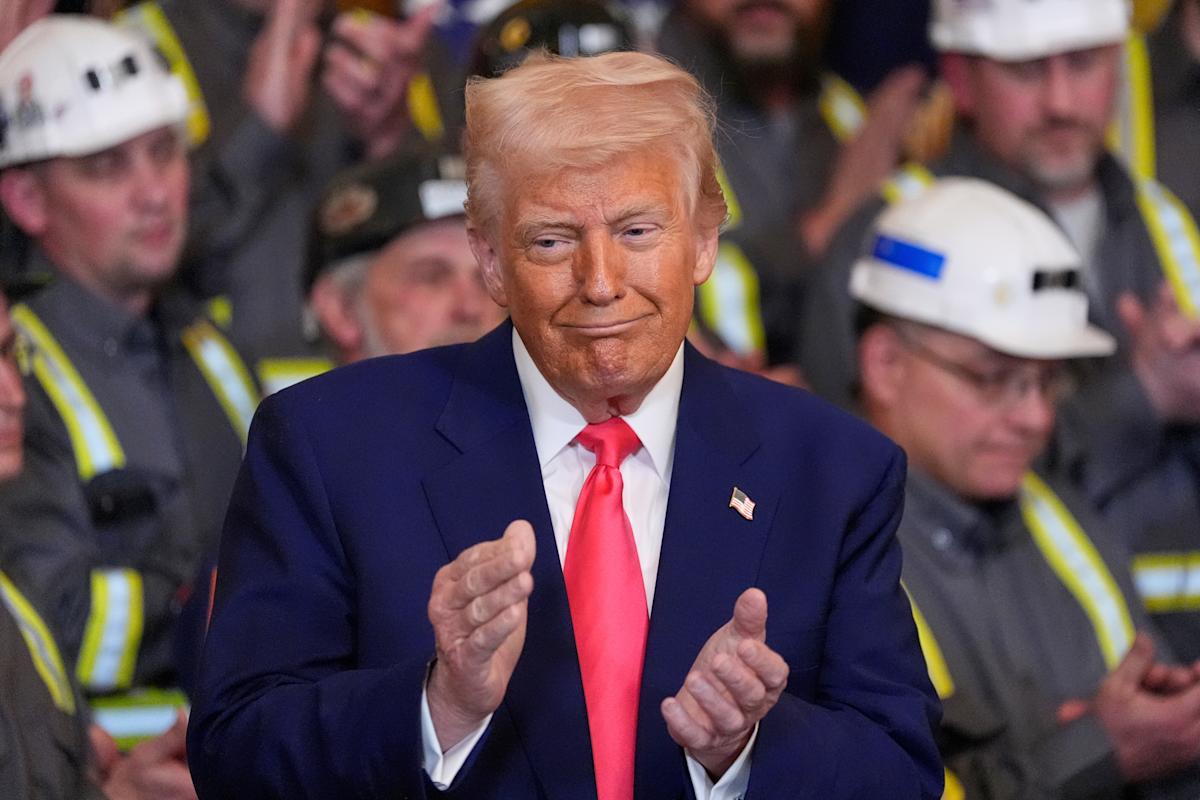WASHINGTON (AP) — The stock market was soaring and the sun was shining when President Donald Trump stepped out of the Oval Office on Wednesday afternoon. Less than two hours earlier, he had retreated from his plans to increase tariffs on many U.S. trading partners, and investors were rejoicing after bracing for a global economic meltdown.
“You’ve got the markets seeing your brilliance,” Sen. John Barrasso, a Republican from Wyoming, told the president.
Trump agreed. “Nobody’s ever heard of it,” he declared.
It was a typical bit of hyperbole that, in this case, was true. Even by the standards of Trump’s second term, the saga that had played out over the past week left the world struggling to catch its breath.
The president, of his own doing, had single-handedly pushed the global economy to the brink of chaos with new tariffs. The stock market cratered, businesses tore up their plans and foreign leaders prepared for a future without the world’s richest nation at the center of international trade.
And then Trump backed down. Seven days after announcing what would have amounted to America’s largest tax hike since World War II in an elaborate Rose Garden ceremony, he rolled back most of the tariffs in a surprise post on his social media website.
“I think the word would be flexible,” he said later despite days of insisting that he wouldn’t bend. “You have to be flexible.”
Uncertainty lingers as trade talks continue
It was unclear what the president had accomplished, beyond the satisfaction of, in his words, having other countries “kissing my ass” to try to talk him out of the tariffs. No new trade deals have been reached, although administration officials said negotiations are underway.
However, real damage has been done. The back-and-forth over tariffs shook confidence in U.S. leadership, exposed fractures within Trump’s team and rattled companies that rely on global sources for products and international customers for sales. Americans who use the stock market to save for retirement and college suffered days of angst.
The turmoil isn’t over yet, either. Trump’s 10% blanket tariffs initially imposed on Saturday are now applied to dozens of nations. He also jacked up tariffs to 125% on imports from China, leaving the world bracing for a showdown between the first and second largest economies. There are 25% tariffs on Canada and Mexico, America’s largest trading partners, as well as 25% taxes on imported autos, steel and aluminum.
Other tariffs — including 24% on Japan, 25% on South Korea, 20% on the European Union — are on hold for 90 days to allow for trade talks.
